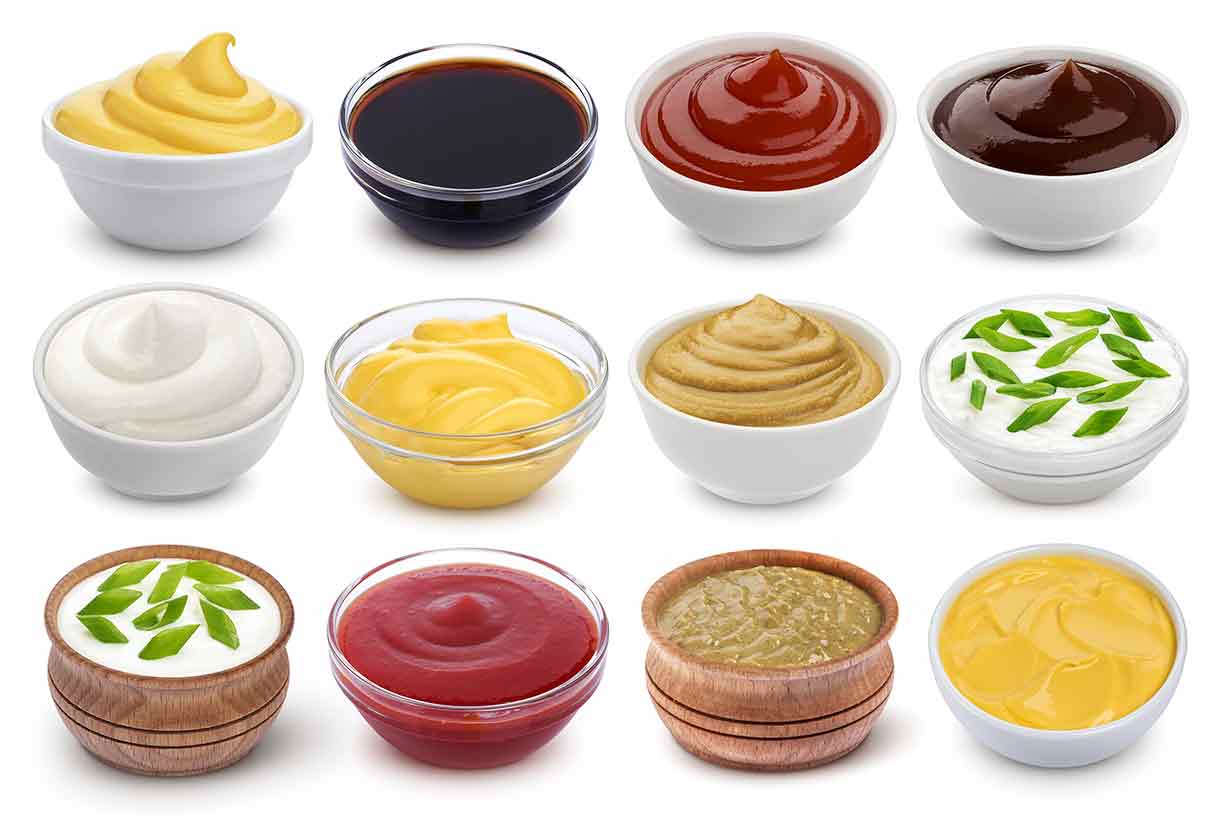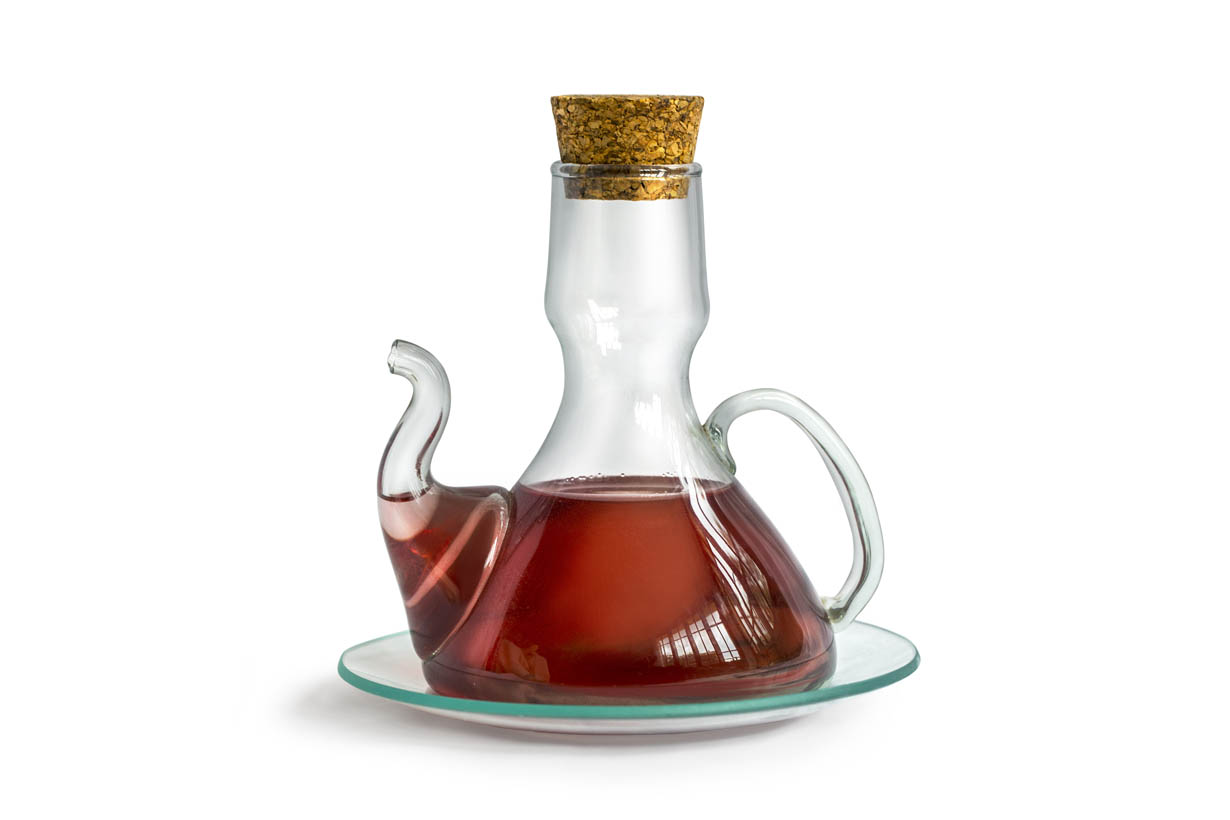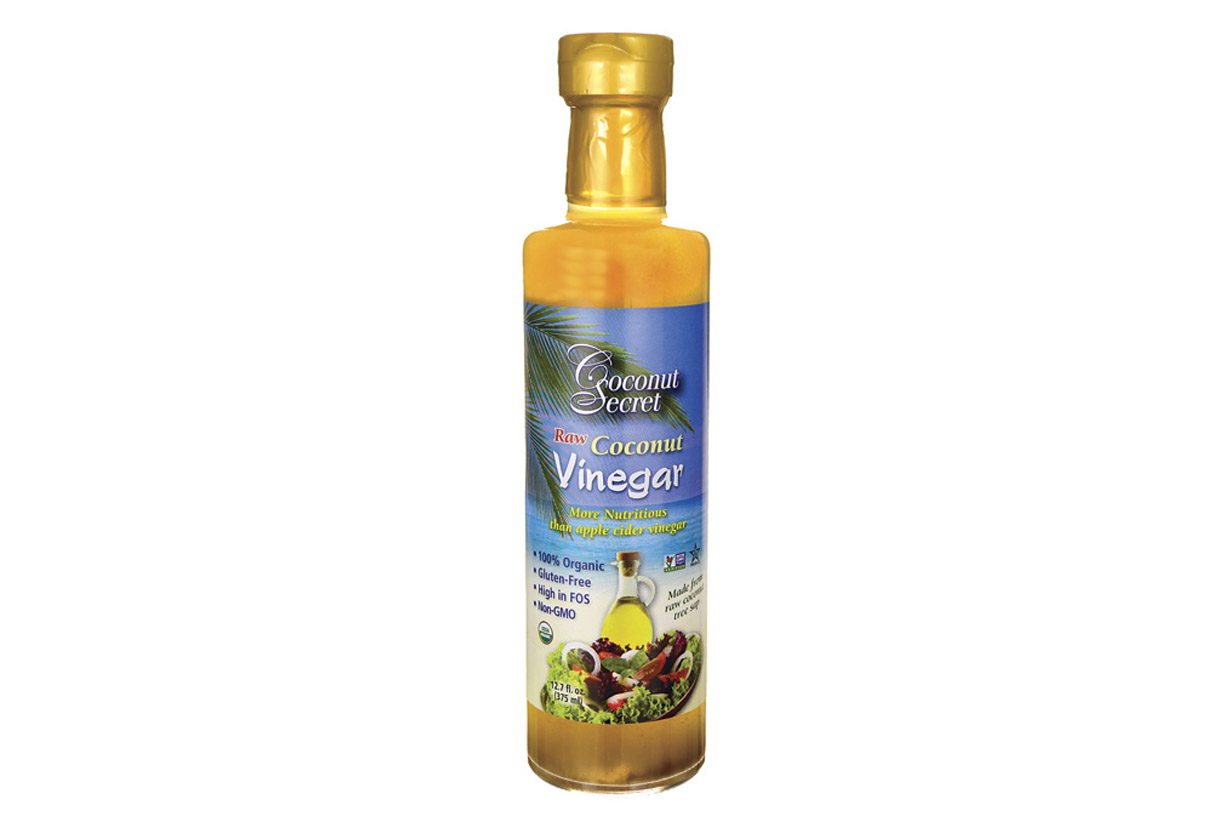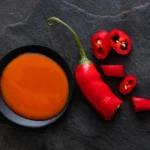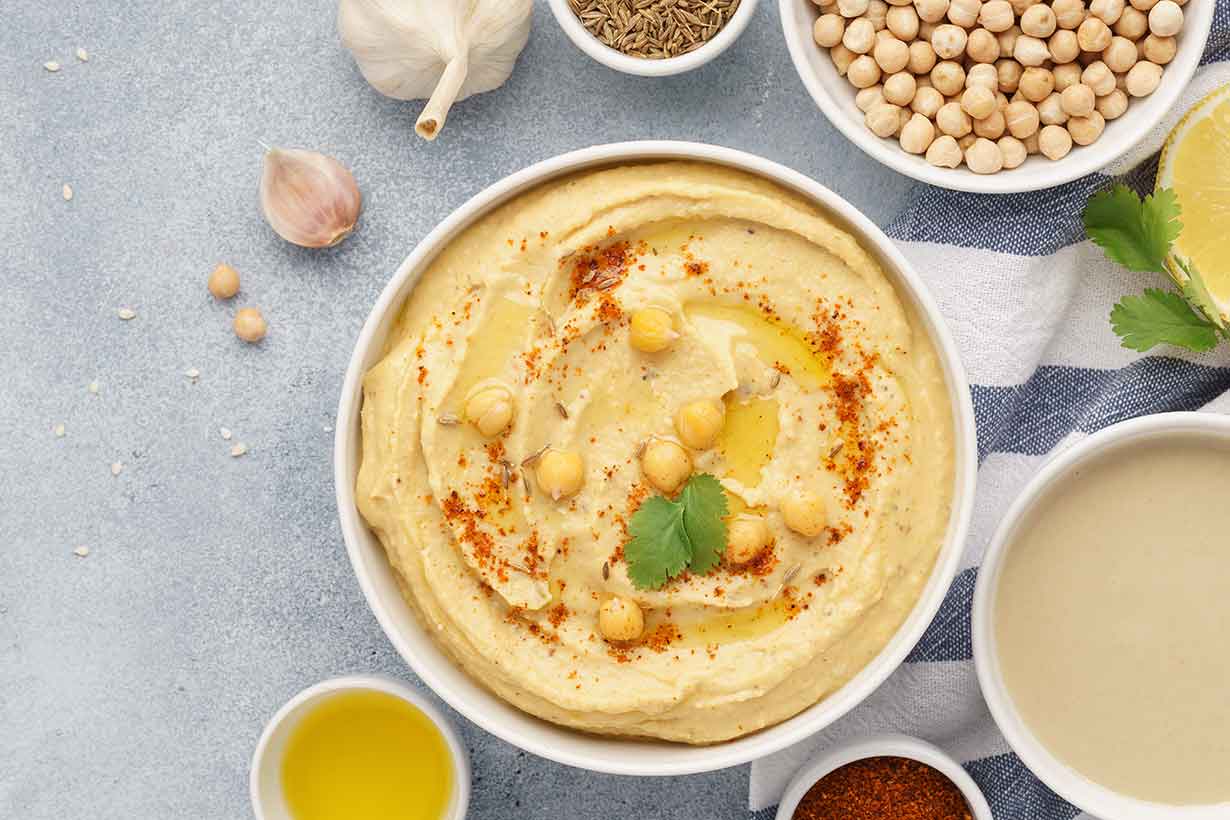Basil pesto is a flavorful sauce from Italy that combines cheese, herbs, extra virgin olive oil, and nuts.
This sauce is among the world’s most popular condiments, and it can be used in a wide range of different ways.
In this article, we examine what pesto contains, its nutritional information, and how we can use it.
What is basil pesto?
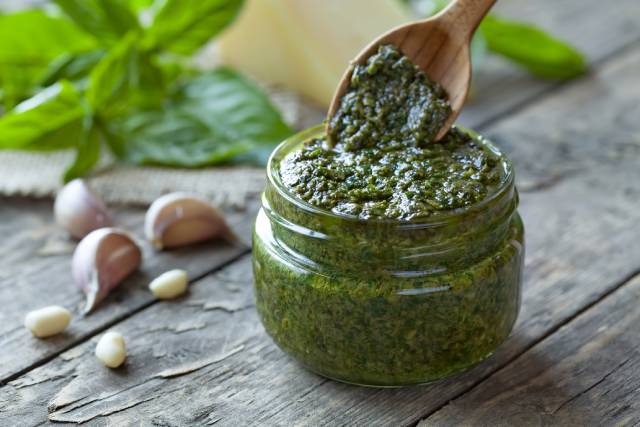
Interestingly, basil pesto has roots going back to Roman times, and two ancient recipes likely inspired the recipe.
The first of these is called moretum, which is a combination of cheese, herbs, olive oil, and vinegar. The second, named agliata, combines garlic, nuts, herbs, and salt (1).
The addition of basil, which became popular in Italy in the 19th century, resulted in the creation of the traditional pesto recipe we can find today.
Pesto originated in the city of Genoa in the Liguria region of Italy.
Ingredients
Traditional Italian basil pesto, which is known as ‘pesto alla genavese’ is made of the following ingredients:
- Basil
- Extra virgin olive oil
- Garlic
- Grated cheese
- Pine nuts
- Salt
The cheese may vary, but it will typically be a hard Italian cheese such as Gran Padano, Parmesan, or Pecorino Romano.
However, it is worth noting that the ingredients profile can vary with store-bought basil pesto. For example, some brands may replace extra virgin olive oil with cheaper vegetable oils.
For those that want the genuine (i.e., traditional) thing, then check the label carefully.
Due to its ingredient profile, pesto is vegetarian-friendly. Since it is high in fat, it is also a good choice for lower-carb diets.
Taste
The ingredients profile of pesto ensures a rich and flavorful taste, with flavorful leaves combining with cheese, garlic, and basil.
Pesto has a strong herbal taste with nutty and cheesy flavors, and it can add a significant amount of flavor to food.
In its homeland of Italy, pesto is commonly used in pasta dishes and to flavor soups and stews.
Nutrition facts
Based on data from the USDA’s FoodData Central database, the nutritional information for a tablespoon (15g) serving of pesto is shown below (2).
| Calories/Nutrient | Amount |
|---|---|
| Calories | 85.4 kcal |
| Carbohydrates | 0.92 g |
| Fiber | 0.15 g |
| Sugar | 0.11 g |
| Fat | 8.78 g |
| Saturated | 1.42 g |
| Monounsaturated | 5.21 g |
| Polyunsaturated | 1.58 g |
| Protein | 1.28 g |
Vitamins and minerals
A typical tablespoon serving of pesto is not a significant source of micronutrients.
However, it does provide a moderate amount of the following vitamins and minerals:
- Vitamin K: 14% DV
- Vitamin E: 8% DV
- Sodium: 7% DV
(DV = daily value)
Is pesto good for you?
Condiments aren’t always particularly healthy, but pesto has a reasonably good ingredients profile.
Extra virgin olive oil is the predominant ingredient in basil pesto products that follow the traditional recipe, and this oil contains significant amounts of monounsaturated fat and polyphenols (3, 4).
Two recent large prospective cohort studies suggest that olive oil intake is associated with a reduced risk of cardiovascular disease (5).
Furthermore, a systematic review and meta-analysis of 32 cohort studies found that olive oil appeared to reduce cardiovascular and all-cause mortality. In this study, the group with the highest third of olive oil intake has a 12% reduced risk of cardiovascular mortality compared to the group with the lowest third of consumption (6).
However, it is worth noting that observational studies can only show associations rather than prove causality. For instance, the groups with higher olive oil intake may use olive oil because they believe it’s healthy, and such health-conscious groups would also be more likely to have other healthy lifestyle habits.
Additionally, extra virgin olive oil is a rich source of polyphenols, which may also have potential health benefits. According to a systematic review and meta-analysis of 26 clinical trials, high-polyphenol oils significantly improved several markers of cardiovascular risk. These markers included blood pressure and levels of oxidized LDL (7).
The other ingredients in basil pesto, such as hard cheese, basil, and garlic, also offer small amounts of minerals such as calcium and some polyphenols (8, 9, 10).
Homemade Pesto
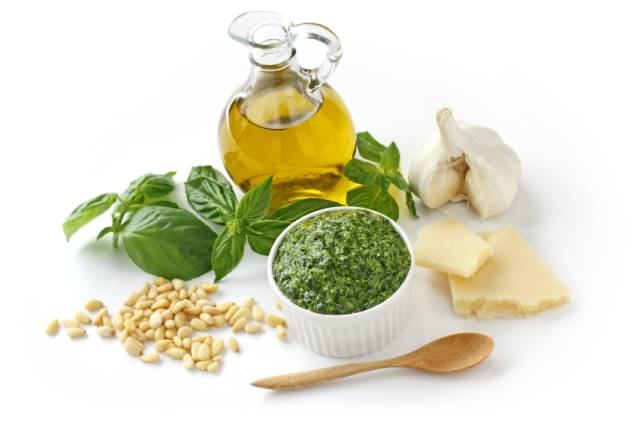
Since store-bought basil pesto can be expensive and may not always follow the traditional recipe, some people choose to make it at home.
On the positive side, making homemade pesto is a very straightforward process that involves minimal time commitment.
All you need is six ingredients and about 5-10 minutes of time.
Recipe
The following recipe will approximately provide a medium-sized jam jar of pesto:
- 4 oz (112 grams) fresh basil leaves
- 5 tbsp (75 ml) extra virgin olive oil
- 1.5 oz (42 grams) of pine nuts
- 1.5 oz (42 grams) hard cheese (e.g., Parmesan)
- 4 cloves of garlic
- 1 tsp salt
Method
Lots of recipes can seem complicated, but this one is straightforward and involves minimal steps.
Step 1: combine the basil, pine nuts, hard cheese, garlic, and salt together in a bowl or food processor. Do not add the olive oil at this point.
Step 2: Blend the ingredients with either a food processor or hand blender until they form a relatively smooth and consistent texture.
Step 3: At this point, very slowly pour the olive oil into the mixture while continuing to blend. It is essential to do this part slowly by trickling the oil into the mix over a minute or so, which ensures that the oil and water can emulsify properly.
Step 4: Serve. This recipe will also keep in the refrigerator for one week. The time frame could be longer than this, but I’ve only tested storing it for up to one week.
How To Use Pesto
There are many different ways to use pesto. In its homeland of Italy, pesto often features as a flavor enhancer in pasta dishes, soups, and stews.
It may also be:
- Added to dishes as a flavor enhancer
- Used as a marinade for meat
- Mixed into salads
Rather than listing all the different ways, there is already an excellent range of ideas (alongside some recipes) available here: 10 ways to use pesto
Final Thoughts
Pesto is a delicious condiment that merges a whole variety of flavors from herbs, garlic, cheese, nuts, and olive oil.
For those who enjoy strong flavors, it can enhance the taste of many different foods and dishes.
Since traditional basil pesto features a combination of herbs, garlic, and extra virgin olive oil, it is relatively healthy too.
For more healthy condiment ideas, see this guide to hummus.

